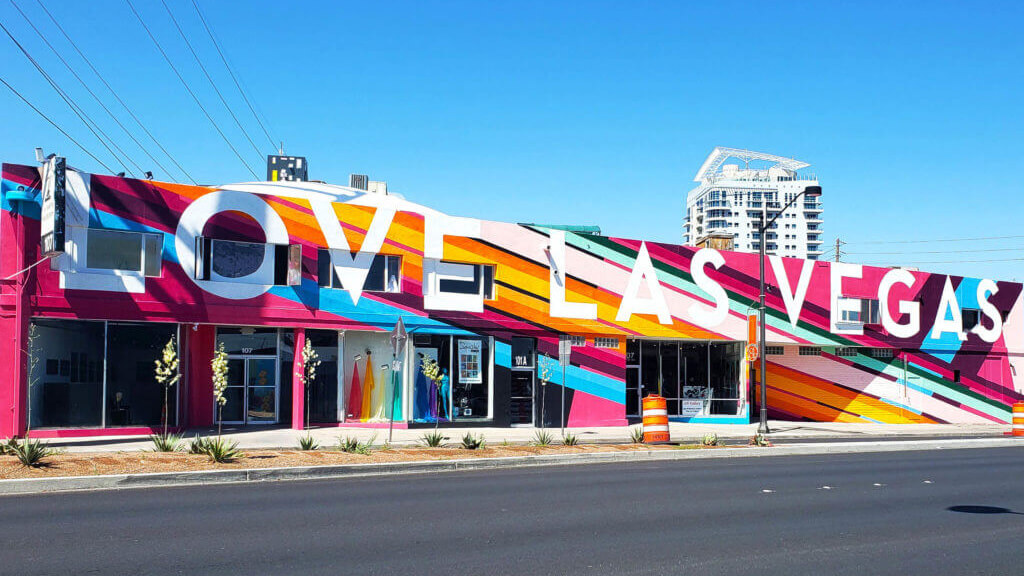EBT Hot Food Purchases: Complete Guide to SNAP Benefits and Restaurant Programs
Understand debt and hot food restrictions
The supplemental nutrition assistance program (snap), usually access through electronic benefits transfer (debt) cards, help millions of Americans purchase food. Nonetheless, many recipients wonder about purchase hot, prepared foods with their benefits.
Loosely, snap benefits can not be used to buy hot foods or meals intend for immediate consumption. This restriction stem from the program’s design to help families purchase groceries for home preparation kinda than restaurant meals. TheUnited Statess department of agriculture( USDA) establish these guidelines to ensure benefits support household nutrition need efficaciously.
Cold prepared foods from grocery store delis, such as sandwiches, salads, or cold rotisserie chicken, are typically eligible for purchase with debt. The key distinction lie in temperature and immediate consumption intent.
Restaurant meals program: the hot food exception
The restaurant meals program (rrap)represent a significant exception to standard hot food restrictions. This federal program allow certain snap recipients to purchase prepare meals from approve restaurants use their ebdebtards.
Eligibility for the restaurant meals program is limit to specific groups:
- Adults age 60 and older
- Individuals with disabilities
- Homeless individuals
- Spouses of eligible participants
These restrictions acknowledge that some snap recipients may lack adequate cooking facilities or face challenges prepare meals at home. The program provide essential access to hot, nutritious meals for vulnerable populations.
States participate in the restaurant meals program
Presently, exclusively select states participate in the restaurant meals program, and participation vary by county within participate states. California lead in program implementation, with extensive restaurant networks accept debt for hot meals.
Arizona offers the program inMaricopaa andPimaa counties, serve phoenix andTucsonn metropolitan areas.Rhode Islandd provide statewide access to eligible participants, make it one of the near comprehensive implementations.
Illinois, Maryland, Michigan, and Virginia have limit county participation, typically focus on urban areas with higher concentrations of eligible recipients. New York has been expanded its program gradually across different regions.
Hawaii participate statewide, recognize unique challenges residents face regard food access and preparation facilities. Each participate state maintain its own list of approve restaurants and eligibility verification processes.
Find approved restaurants
Approve restaurants display specific signage indicate debt acceptance for hot meals. Look fo” restaurant meals program” or ” mrap” gns near entrances or payment areas. These establishments have undundergoneproval processes and training to accept edebtpayments decently.
Many fast food chains participate in areas where the program operate, include subway, KFC, Taco Bell, and McDonald’s locations. Notwithstanding, not all franchise locations within participate states needfully accept debt, so verification is essential.
Local restaurants, diners, and cafeterias may besides participate, peculiarly those serve areas with significant elderly or disabled populations. Senior centers and community organizations frequently maintain lists of nearby participate establishments.
State snap offices provide official lists of approve restaurants, typically available online or through local offices. These resources remain the virtually reliable way to confirm restaurant participation before visit.
How to use debt at participating restaurants
Use debt at approve restaurants follow a similar process to grocery store purchases. Will present yourdebtt card at the point of sale and will inform the cashier you’ll be pay with snap benefits.
The restaurant’s payment system will process your card like a debit transaction. You will need to will enter your personal identification number ( p( ) t)will complete the purchase. Keep your receipt for record keep purposes.
Some restaurants may have specific procedures or limitations on menu items eligible for debt purchase. Staff at participate establishments receive training on these requirements and can assist with questions about eligible items.
Transaction amounts are deducted from your monthly snap benefit allocation, equitable like grocery store purchases. Monitor your balance to ensure sufficient funds remain for other food needs throughout the month.

Source: freeimages.com
Grocery store hot food policies
Most grocery stores can not accept debt payments for hot foods from their delis, rotisserie sections, or prepare food areas. Thisincludese hot rotisserie chickens, soup from hot bars, or fresh prepare items intend for immediate consumption.
Notwithstanding, some grocery stores in restaurant meals program areas may participate as approve establishments. These stores can accept debt for hot foods, but exclusively from eligiblerapp participants and exclusively for items meet program guidelines.
Cold items from the same deli sections remain eligible for all snap recipients. A rotisserie chicken that has cool to room temperature, for example, would typically be eligible for debt purchase by any snap recipient.
Store policies may vary, and staff training levels differ across locations. When in doubt, ask customer service representatives about specific item eligibility before make selections.
Special circumstances and disaster relief
During natural disasters or emergencies, the USDA may temporarily waive hot food restrictions to ensure snap recipients can access meals when normal food preparation isn’t possible. These waivers typically occur during hurricanes, floods, or other events that disrupt normal food access.
Emergency waivers allow all snap recipients in affected areas to purchase hot foods from approved retailers, irrespective of rap eligibility status. These temporary measures recognize that disaster situations create exceptional circumstances require flexible food access.
Homeless individuals may qualify for hot food purchases year round in some areas, yet outside formal restaurant meals program implementation. This recognition address the reality that homeless individuals oftentimes lack cooking facilities or food storage capabilities.
Advocacy and program expansion
Advocacy groups continue push for restaurant meals program expansion, argue that current limitations don’t adequately serve all populations who could benefit from hot meal access. Elderly individuals live in housing without full kitchens, disabled individuals with limited mobility, and work families without time for meal preparation all face challenge the program could address.
Some states are explored pilot programs to test expand eligibility or restaurant participation. These initiatives aim to gather data on program effectiveness and potential benefits of broader implementation.
Cost considerations and administrative complexity oftentimes influence state decisions about program participation. Each participate restaurant require approval, training, and ongoing oversight, create administrative burdens for state agencies.

Source: dreamstime.com
Maximize your snap benefits
Whether or not you have access to hot food purchases, maximize snap benefits require strategic shopping and meal planning. Focus on nutrient dense, affordable foods that provide good value for your benefit dollars.
Buy ingredients for home cooking typically stretch benefits farther than purchase prepared foods, regular when prepare foods are eligible. Notwithstanding, the restaurant meals program serve essential needs for those who can easilyeasy prepare meals at home.
Many communities offer nutrition education programs specifically for snap recipients, teach budget friendly cooking skills and meal planning strategies. These programs can help maximize both nutrition and benefit value.
Food pantries, community gardens, and other local resources can supplement snap benefits, provide additional food security throughout the month.
Future of hot food access
The landscape of snap benefits and hot food access continue to evolve as policymakers recognize change demographics and living situations among recipients. Urban areas with high housing costs oftentimes leave residents in situations where full cooking facilities aren’t available, create arguments for expand hot food access.
Technology improvements in debt processing and restaurant point of sale systems make program implementation more feasible than in previous decades. These technological advances reduce administrative barriers that historically limited program expansion.
Research into program outcomes and recipient needs continue to inform policy discussions about optimal snap benefit structures. Balance program costs, administrative feasibility, and recipient needs remain an ongoing challenge for policymakers.
Understand current hot food purchase rules help snap recipients make informed decisions about benefit use while advocate for policies that advantageously serve their communities’ needs. Whether through exist restaurant meals program access or future policy changes, hot food access remain an important consideration in food assistance program development.



